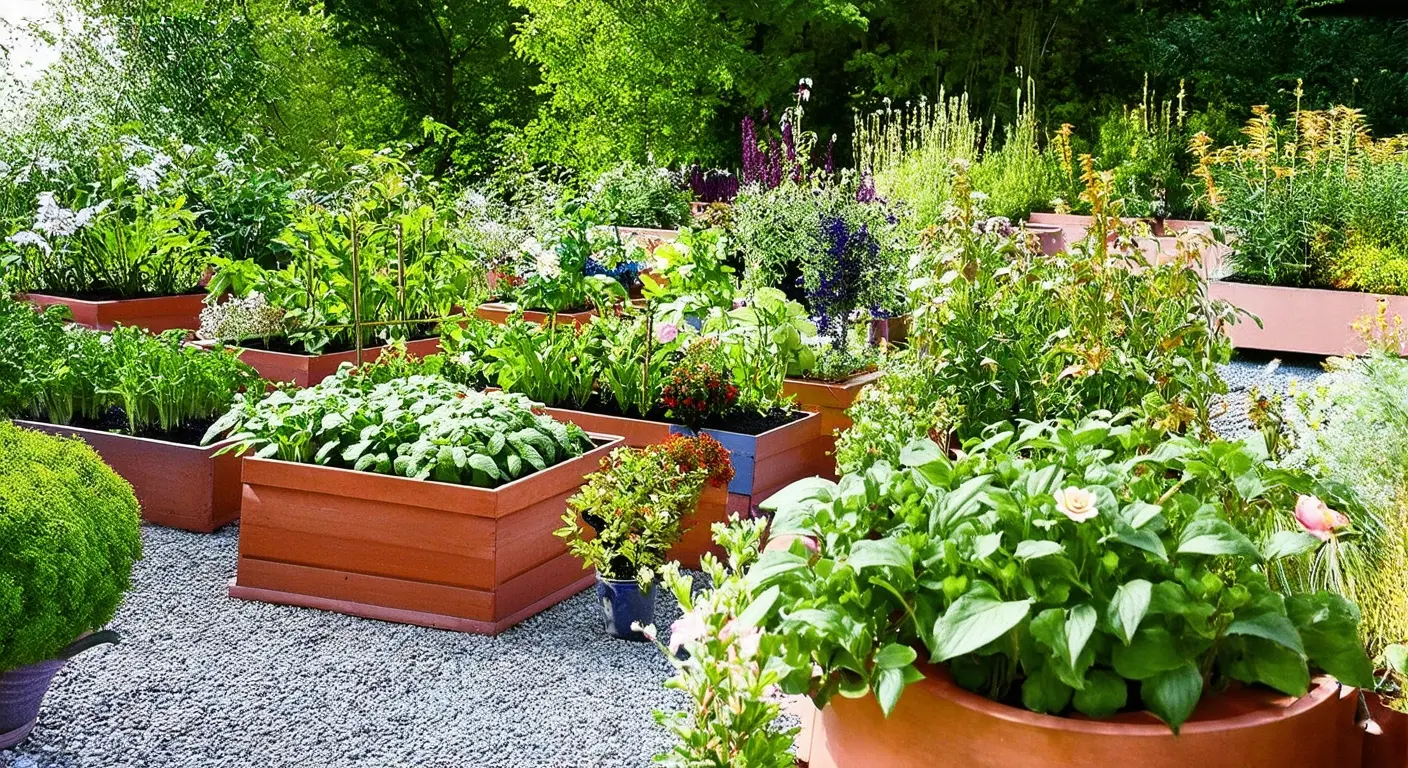As the vibrant hues of autumn give way to winter’s serene blanket, the care we bestow upon our flower beds should not wane. The cold season brings its own set of challenges and opportunities for nurturing your garden’s centerpiece. In this guide, we’ll delve into practical and effective strategies to ensure your flower bed not only survives the winter chill but also thrives when spring’s warmth returns. From soil enrichment to protective measures against frost, these tips will equip you with the knowledge to maintain the beauty and health of your flower bed throughout the colder months.

Clean up Decaying Plant Matter & Weeds From Your Flower Bed
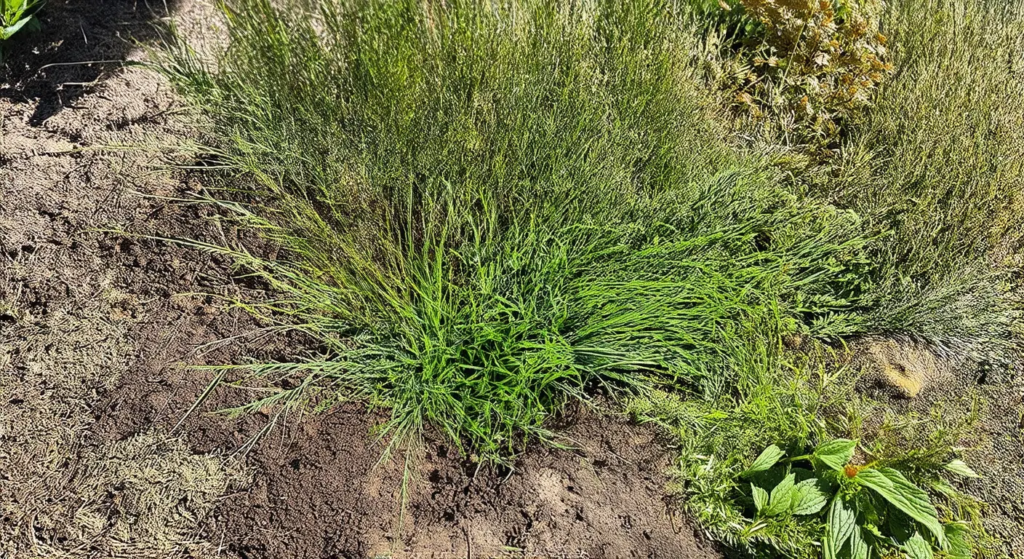
In Calgary, where the weather can shift from sunny to snowy in a heartbeat1, it’s crucial to maintain robust flower beds. Removing old, decaying plants is not just about aesthetics; it’s a defensive strategy against pests and diseases that thrive in cooler climates. Clearing out these potential hazards ensures your garden’s resilience against Calgary’s unpredictable weather, setting the stage for a vibrant spring.
Weeding your flower bed is another essential task, especially before the frost sets in. In Calgary’s variable temperatures, weeds left unattended can become hardy survivors, stealing precious resources from your desired plants. Ensure you extract them root and stem, leaving no trace behind to prevent any resurgence. This proactive approach will give your plants the upper hand, allowing them to flourish in Calgary’s unique conditions.
Enrich Your Garden with New Soil Before the Frost
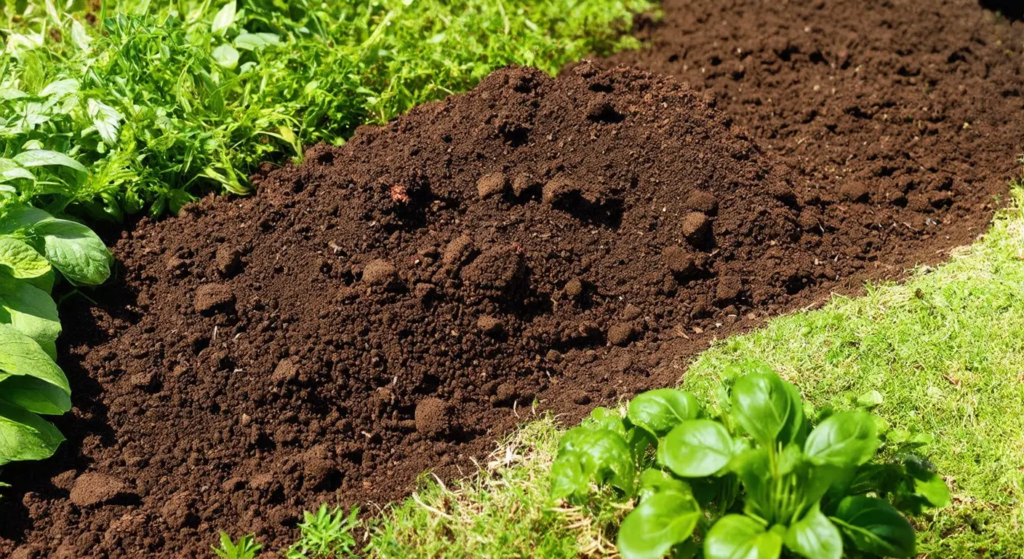
In Calgary’s brisk climate, it’s wise to rejuvenate your garden beds with new soil well before the winter chill sets in. While it might seem early, late fall is the ideal time for this task. The dormant winter months allow the fresh soil and any added nutrients to decompose and integrate, enhancing the overall fertility of your garden. As the thaw of spring arrives, your plants will benefit from a fortified foundation, ready to burst into a display of vibrant, healthy blooms.
Revive Your Garden’s Vitality with Compost, Mulch, and Beauty Bark
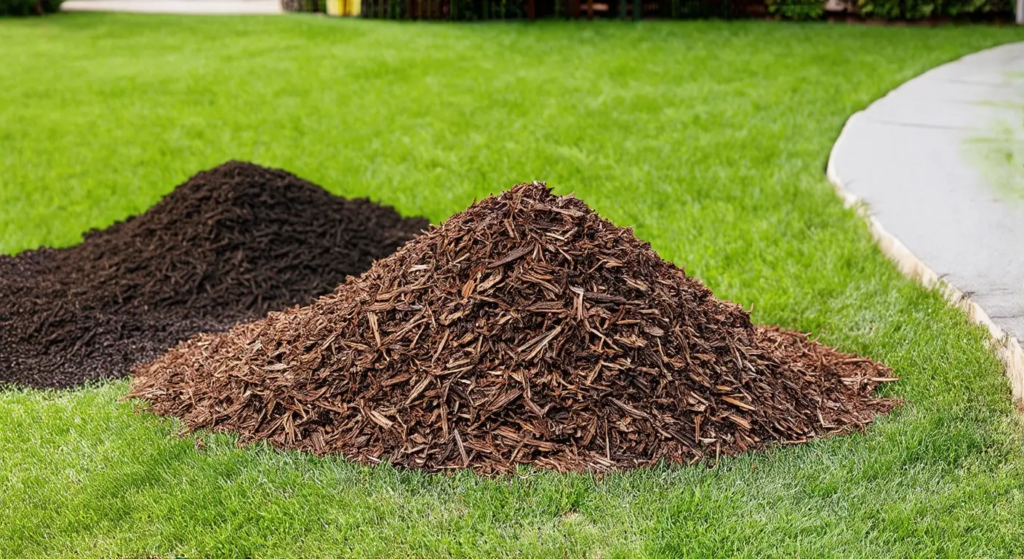
As the Calgary winter approaches, it’s time to rejuvenate your garden’s vitality with a fresh layer of compost. The compost you’ve nurtured over the summer is now teeming with nutrients, perfect for enriching garden beds, fortifying lawns, and revitalizing nutrient-poor soils1. This addition not only nourishes your soil but also acts as a thermal blanket, safeguarding your flower beds against the biting cold.
Moreover, introducing new mulch and beauty bark is a wise move during this period. Mulch serves as a protective barrier, maintaining soil moisture and temperature, crucial for plant survival during the fluctuating Calgary winters2. Beauty bark adds an aesthetic touch while also contributing to the health of your garden by preventing soil erosion and compaction, ensuring your plants are well-protected and poised for spring growth234.
Winter Care for Your Herb Garden in Calgary
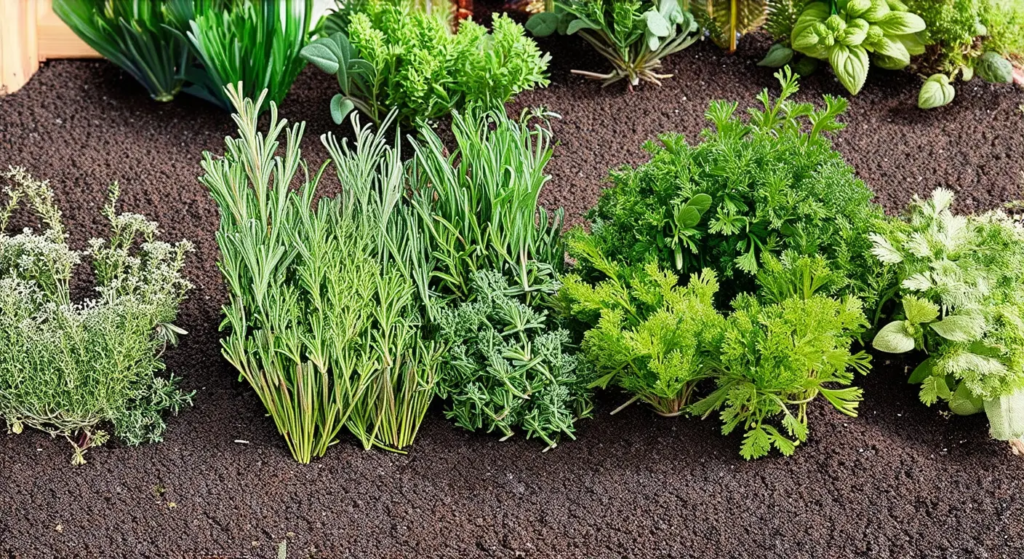
As the frosty Calgary winter looms, it’s essential to give your herbs the attention they need to survive the cold. Here’s how to care for some of the most popular herbs:
- Sage – Hardy and resilient, sage requires no special winter care.
- Rosemary – While somewhat cold-hardy, rosemary should be potted and brought indoors to ensure its survival.
- Thyme – Thyme is tough enough to survive the cold but will die back and return in spring.
- Oregano – Oregano endures the winter well; however, a layer of straw mulch can provide extra protection.
- Chives – Chives should be moved indoors to a sunny, cool spot where they can continue to grow and be harvested throughout the winter.
- Parsley – Parsley can handle mild cold but benefits from being covered to shield against harsh temperatures.
- Basil – Basil is sensitive to the cold and must be dug up and brought inside to overwinter.
- Mint – Mint is quite hardy and can survive winter, but adding mulch can help protect it from extreme cold1.
- Lavender – Lavender is generally cold-hardy but may benefit from mulching or covering in areas with severe winters2.
- Lemon Balm – Lemon balm can survive winter but should be mulched to protect against cold temperatures3.
- Tarragon – Tarragon, especially French tarragon, should be mulched for winter protection in colder climates3.
- Fennel – Fennel is a perennial that can survive winter but may need protection in the form of mulch in very cold regions4.
- Horseradish – Horseradish is a hardy perennial that can withstand winter, though mulching can help in extremely cold areas4.
- Dill – Dill is an annual that often self-seeds, and new plants may sprout from seeds the following spring4.
- Horehound – Horehound is a hardy perennial that typically requires no special winter care4.
These herbs have varying degrees of cold tolerance, and while some may need to be brought indoors or given extra protection, others are quite resilient and can handle the winter with minimal care. Always consider the specific climate and conditions in your area when preparing your herb garden for winter.
Remember, Calgary’s climate can be challenging for herbs, so taking these steps will help ensure they’re ready to flourish again come spring.
Winterizing Perennials in Calgary’s Climate
In Calgary, where the first frost signals the time to transition your garden for winter, it’s essential to wait for this cue before pruning your perennials. Once the frost has passed, trim them down to a height of 4 to 6 inches. This practice allows the plants to channel their energy into the roots, providing a reserve that will sustain them through the cold months. Cutting them too early can jeopardize this energy transfer, potentially affecting their revival in spring. By following this natural cycle, you ensure that your perennials have the best chance to bounce back robustly once the thaw arrives12345.

